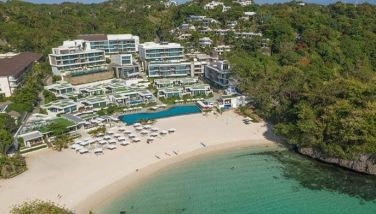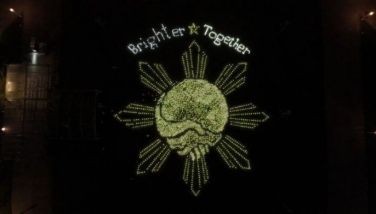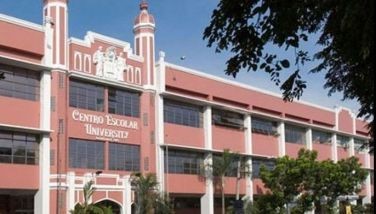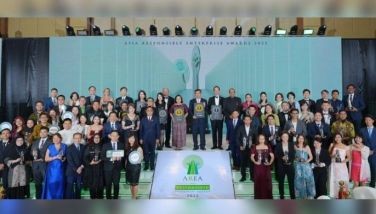MSBF plants forest trees
MANILA, Philippines - For more than 30 years, Manila Seedling Bank Foundation (MSBF) has developed the technology of establishing successfully productive agro forestry and tree farms in marginal and sub-marginal forestland and private lands. The techniques developed by MSBF are also applicable even in open, denuded grasslands. MSBF has successfully implemented agroforestry within forestland and private land within the provinces of Rizal, Bulacan, Nueva Ecija, Cavite and Pangasinan.
Agroforestry “is a dynamic ecologically based natural resources management system through the integration of trees sustains production for increased social, economic and environmental benefits.” It is the planting of forest trees with agricultural crops, including fruit trees. Agroforestry, the science of incorporating trees into traditional agriculture, is not converting farms to forest but rather planting “the right tree in the right place for the right reason.”
Agroforestry is one of the soil and water conservation technologies that not only provides food, fuel and future income for the owner of the land but also helps in the rehabilitation of the land. The planting of indigenous, endemic and other fast-growing forest tree species and fruit trees improve fertility of the land and sustains farm productivity. Agroforestry also helps reduce soil erosion, improve soil quality, vegetative cover and land productivity. Forest trees are particularly nitrogenous. Some trees serve as fertilizers. They take in nitrogen from the atmosphere or pump it from deep underground and when they drop their leaves, make it available upon decomposition.
 An agroforestry project planted to grafted mangoes one year after establishment
An agroforestry project planted to grafted mangoes one year after establishment Indigenous and endemic forest trees include narra, molave and bagras. Other fast-growing tree species like mahogany and gmelina can be planted. Several fruit tree species planted in agroforestry include langka, citrus, kalamansi, kasoy, atis, guayabano and mango. Since the fruit trees are grafted or budded, they start bearing fruits in three to five years. Landowners can later improve their future income from the forest trees by selling small timber after 10 years.
Agroforestry has opened a source of livelihood to forest occupants and local labor in the rural areas. Moreover, it also increases species diversity by providing habitat to birds and friendly insects like bees and butterflies that help in pollination.
In the establishment and development of agroforestry farms, MSBF goes into contract with the landowner. The procedures undertaken before an agroforestry project is implemented are as follows:
• Meeting with the landowner or project proponent to discuss the proposed activities to be undertaken and species to be planted in conformity with the plans of the landowner. A map of the area is needed and some documents pertaining to the ownership of the land.
• Field survey conducted to determine the general terrain and configuration of the area. During the field survey, soil samples are collected for soil analysis. The soil analysis gives information on the correct species to be planted and the kind of fertilizers to be applied. A nominal survey fee is collected depending on the size of the area, proximity and accessibility.
• Preparation of development plan. The development plan includes detailed activities to be undertaken such as staking, hole digging, planting, weeding, fertilization, care and maintenance, duration of the project, cost estimate of labor and materials and schedule of payments.
• Approval of the development plan by landowner or project proponent. Upon approval of the proposal the agroforestry project can be started immediately.
The duration of the contract is usually two years to ensure high survival and robust growth. MSBF guarantees high survival rate. Any mortality is replaced immediately. After the duration of the contract, the owner may opt to extend the services of MSBF for the aftercare and maintenance of the area or the owner may take over management of the agrforestry area.
For inquiries, visit MSBF at Quezon Avenue corner EDSA, Diliman, Quezon City, or call 924-0166 or 924-7001/7002 or visit the website at www.msbfi.com.




















